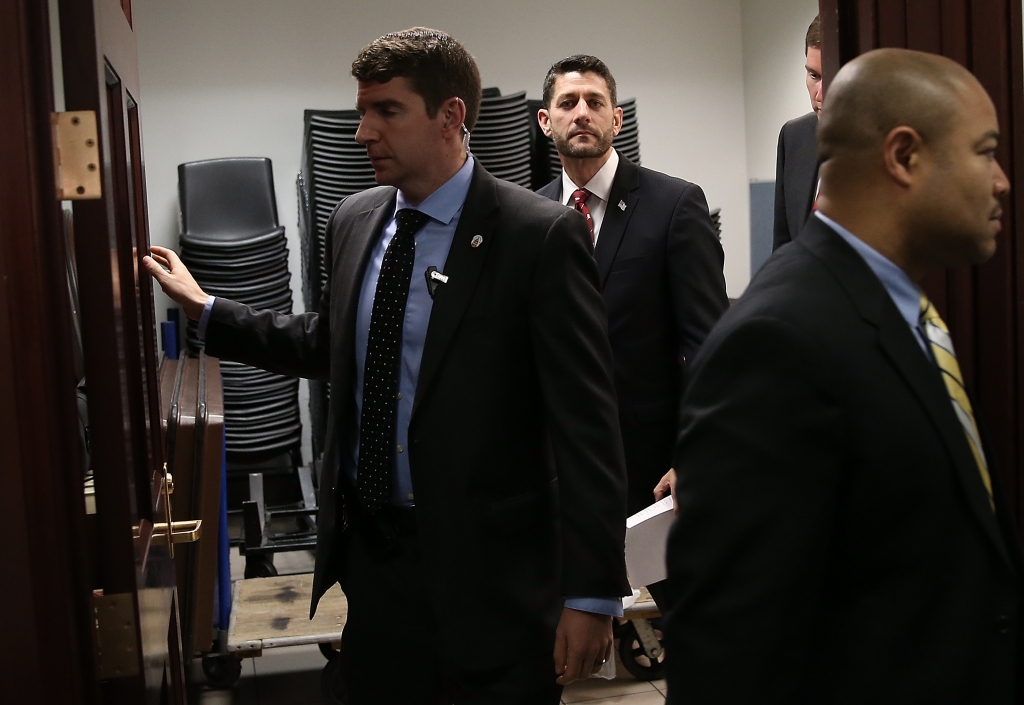-
Tips for becoming a good boxer - November 6, 2020
-
7 expert tips for making your hens night a memorable one - November 6, 2020
-
5 reasons to host your Christmas party on a cruise boat - November 6, 2020
-
What to do when you’re charged with a crime - November 6, 2020
-
Should you get one or multiple dogs? Here’s all you need to know - November 3, 2020
-
A Guide: How to Build Your Very Own Magic Mirror - February 14, 2019
-
Our Top Inspirational Baseball Stars - November 24, 2018
-
Five Tech Tools That Will Help You Turn Your Blog into a Business - November 24, 2018
-
How to Indulge on Vacation without Expanding Your Waist - November 9, 2018
-
5 Strategies for Businesses to Appeal to Today’s Increasingly Mobile-Crazed Customers - November 9, 2018
House Passes No Child Left Behind Overhaul
A major education package approved Wednesday by the House of Representatives will empower local school districts and replace the 14-year-old No Child Left Behind Act, U.S. Rep. John Katko said. The law would scale back the federal government’s education authority, so the law’s success will depend on states, with minimal federal assurances, showing they’re good-faith partners invested in rigorous expectations and students’ success – and not simply outward appearances of it.
Advertisement
A bipartisan compromise measure worked out between House and Senate negotiators passed the House easily, 359-64. States would set their own goals and timelines for academic progress, but their plans would require the federal Education Department’s approval. The law has faced pushback because of the increased amount of standardized testing it imposed on schools, and because of the sanctions schools face for having consistently low student performance.
The 1,000-plus page measure, which the House passed on Wednesday, now heads to the Senate for a vote early next week.
The No Child law has been due for renewal since 2007, but previous attempts to reauthorize it have gotten caught in a broader debate over the federal role in public education.
“This is an incredible achievement to break through the barriers that have prevented us from coming together as an institution to really fix what in many respects is the most important issue, which is creating a future for our kids and grandchildren”, Courtney said.
The bill was praised by the Alliance for requiring each state to focus on low performing high schools, specifically high schools with less than two-thirds of student graduates.
This version will shift control toward the state and district level and will limit federal intervention.
The legislation also provides eligible school districts the ability to have federal, state, and local funds follow students to the schools they attend, which will encourage excellent schools to enroll students who are harder to serve.
No Child Left Behind is best known for ushering in an era of annual, mandatory standardized testing for students in grades three to eight and high school.
Advertisement
On Common Core, the compromise bill says the Education Department may not mandate nor give states incentives to adopt or maintain any particular set of academic standards. Since 2012, the administration has offered grants through its Race to the Top program for states that adopted strong academic standards for its students. And it helps to support and grow local innovations, including for evidence-based and place-based innovations developed by local educators and leaders, consistent with our i3 and Promise Neighborhoods programs; and for the expansion of high-quality charter schools, serving high-need students. “It’s time to let the states have control of this, and it also allows for more flexibility locally in schools”.





























